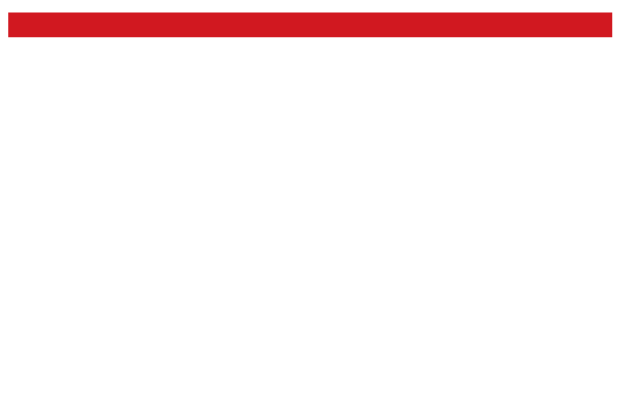
Feel Purpose and Meaning While Advancing Your Business
Three-quarters of C-suite executives and nearly two-thirds of managers are seriously considering quitting for a job that better supports their well-being. If you don’t improve your culture around well-being, you risk many of your talented leaders walking out the door in 2024.
This is much cheaper and simpler than it sounds. Of course, if you have ample resources, survey your employees on which mental health benefits they would value. Would they want you to cover more therapy visits or weekly executive coaching sessions? More gym equipment? Yoga instructors? All these investments can bolster employee mental health, especially if they’ve chosen them.
Yet, the most impactful ways to improve employee well-being cost you nothing but behavioral change.
How are you interacting with your key leaders?
Some of the strongest fundamental desires we have as humans are to feel heard, recognized, and validated. We spend half our waking hours at work. So, whether our boss does this well is a huge driver of our mental health. 69 percent of employees say managers have the greatest impact on their mental health. This is greater than their therapist or their doctor, and equal to their significant other. Lack of recognition at work contributes to burnout!
It all starts at the top.
One of my CEO coaching clients, who is a great father of three adult children, once told me, “Your kids listen to 10 percent of what you say, but they observe 100 percent of what you do.” I find this wisdom to be relevant for your interactions with direct reports. Whether you hear, recognize, and validate the leaders who report to you, influences whether they do it with those who report to them. And so on, down the organization. So how do we do this?
- Surprise them with specific compliments and gestures of gratitude. Don’t just say “thank you” or “good job.” Highlight their specific actions, strengths, or accomplishments. Show that you truly consider their points and value their contributions.
- Empathize with them when they make mistakes. Stay calm. Tell them that you know they have positive intent and always try to do what is best for the company. Reiterate that you believe in them and that you’ll help them learn from this experience.
- Genuinely care about them as humans. Ask them about their goals and how you can help them get there. Find out their biggest challenges and see if you can offer any insight or resources that could help them.
Trust them with meaningful work.
Most people who are mulling a job offer focus on the compensation more than other factors. Yet, scores of studies show that, once in the role, there are stronger drivers of job satisfaction.
- Employees are motivated by autonomy, ownership, and responsibility to create good work and generate strong feelings of accomplishment.
- They value challenging work. They want an opportunity to make progress and accomplish something meaningful.
- They desire work with purpose.They want to feel a connection to something bigger than themselves.
Are you trusting your direct reports to run with challenging, high-level projects? Or are you deep in their weeds and micromanaging the details?
If you’re controlling your team members’ work, or burning them out with only the unfulfilling scraps from your to-do list, won’t they learn to do the same with their direct reports?
This risks a demotivated workforce of people who can develop feelings of depression, anxiety, and other mental health issues.
Train them in productivity enhancement.
Let’s say you’d like to take this to heart and start trusting your team with higher-level responsibilities. But you don’t want to overload their plates and risk burning them out. One effective solution is to coach your direct reports on productivity enhancing principles. Encourage them to do the same with their teams.
- Emphasize the 80/20 principle. 80 percent of business outcomes come from 20 percent of the causes. Communicate and reward the 20 percent of priorities that matter most to your long-term growth prospects, profitability, and returns on capital. Encourage your team to spend less time on things that won’t move the needle.
- Teach them the Eisenhower Matrix. This tool will help them assess the importance and urgency of all the items on their to-do list to enhance their productivity.
- Foster a ruthless prioritization of the calendar. Remove every recurring meeting from the calendar and only add back the most critical 20 percent of them. Trim the length of those meetings. Require the host to circulate a draft of the agenda in advance, one that “trims the fat.” The agenda should also include proposed solutions so people can come to the meeting prepared.
Imagine the feeling of purpose and meaning you’re going to generate. These moves will bolster well-being in your culture, reduce employee burnout, and advance your business.













